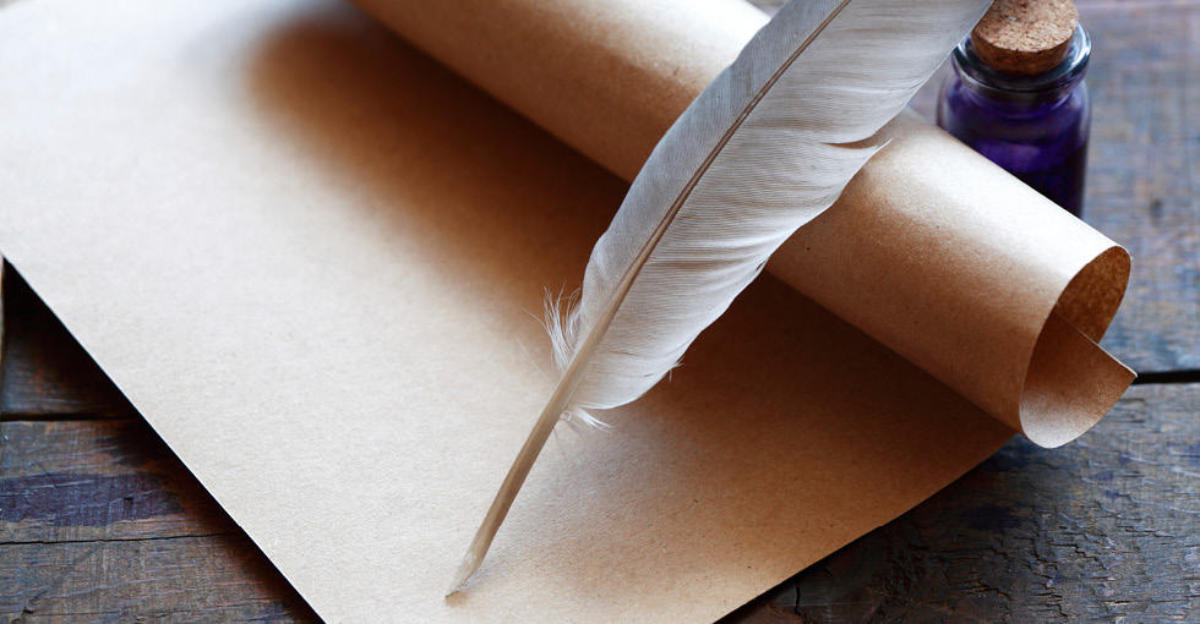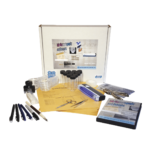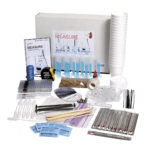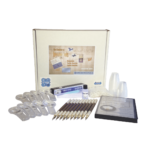What do Edgar Allen Poe, George Washington, and Benedict Arnold have in common? They all employed various sympathetic stains (invisible inks) to safeguard their communications.
In constructing secret messages, each author was careful to create a visible “cover letter” – usually having ample room between written lines to hide a “secret message”. Later, the invisible ink line(s) were applied between the visible ones. The recipient later applied a “developer” to read the secret message. Invisible ink chemistry involves the application of a colorless substance (the invisible ink) to paper (usually) and allowed to dry. Subsequent application of a specific developer – such as copperas (antiquated term for copper sulfate) – over the “invisible” area(s) of the message allowed the invisible message to become visible! See the Information Table to learn which chemical reagents were used and where to obtain them. Notice that the invisible ink system was simply the separate application of two well-known visible ink components.
No oak galls? No problem! Tea tannins (chemically similar to tannic acid) can be substituted.
Here’s what you need to do!
What You Need
- toothpick or steel nib dipping pen
- tea [Steep some green tea in a cup. This very dilute solution will be colorless when applied as an “ink” on paper.]
- ferrous sulfate solution [Add 3 iron tablets (ferrous sulfate) to 2 ounces of tap water in a plastic cup]
- ballpoint pen and a sheet of paper
- watercolor brush (optional)
Creating a Secret Message
- Use a ballpoint pen to create a visible message being careful to leave space between the ink lines.
- Dip a toothpick (or use a steel nib dipping pen) into the tea using it as ink to write a secret message line (in-between the visible ink lines). Allow to thoroughly dry.
Developing the Secret Message
- If the document is small enough, dip it in the ferrous sulfate developer, or use a watercolor brush to apply the developer on the unwritten ink line area(s).
- Allow to dry, and observe the secret message!
Invisible Ink Reagents |
||
| Reagent | Source | Notes |
| quercitannic acid | oak bark & leaves | tannic acid; small concentrations are colorless |
| gallotannic acid1 | oak galls2 | tannic acid; small concentrations are colorless |
| tea tannins3 | teas (green tea) | catechin (polyphenol); small concentrations are colorless |
| ferrous sulfate | Iron tablets (drug store) | |
| 1Iron gall ink, a brown-black ink is made by combining iron salts (e.g. ferrous sulphate) with gallotanic acid (from oak galls) forming an insoluble colored tannate complex that easily penetrates paper fibers and is difficult to erase. Over time, air oxidation creates intensely blue-black iron (III) tannates.
2A common occurrence on oak trees is the formation of gall growths or deformities on leaves, twigs, buds, flowers, barks, stems, and even acorns and roots. 3Catechins are similar molecules to tannic acid. |
Shop More Science Products:
- United Scientific Ink Chromatography and Forensics STEM Kit
- United Scientific Learning to Measure STEM Skills Kit
- United Scientific the Chemistry of Invisible Inks STEM Kit









Leave a Reply